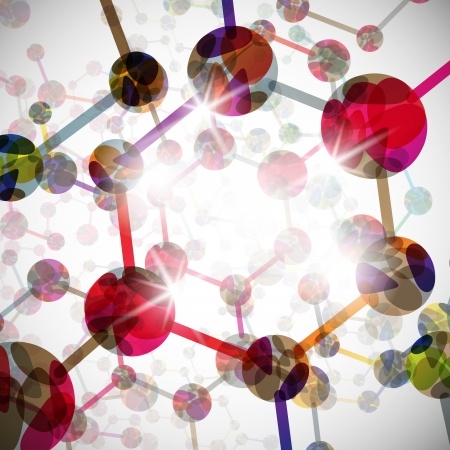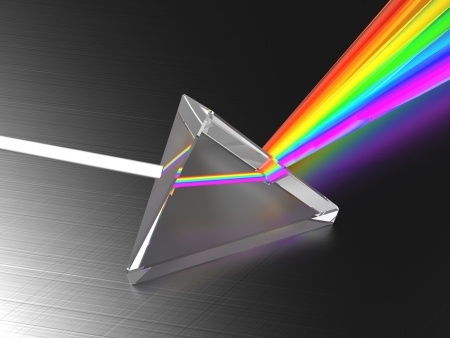This weekly feature of STAOblog brings you a sampling of the latest science news sorted by curriculum strand. Use these items to enrich your class discussions and engage your students.
Share your favourite Science News “gems” by emailing them to staoblog@stao.org.
 Biology
Biology
Ebola Info from Public Health Ontario
The Public Health Ontario website is an excellent source of current information on the status of the ebola outbreak, how it is spread, and on the preparedness of our health sector for infection prevention and control. Read more…
True vampires. BY ROBERTA KWOK ScienceNews for Students .
Bats are far from the only creatures to feast on blood. Read more…
Growing a blood vessel in a week. Science Daily
The technology for creating new tissues from stem cells has taken a giant leap forward. Three tablespoons of blood are all that is needed to grow a brand new blood vessel in just seven days. Read more…
 Chemistry
Chemistry
Why do your Knuckles Pop and Crack? About Chemistry.
There are two types of people: those who can pop their knuckles and those who shudder in horror at the sound. You can tell which group I fall into. Maybe I’m just jealous I can’t do the trick. Anyway… have you ever wondered about the science behind how it works or whether it’s bad for you? Read more…
Why plants don’t get sunburn. Eureka Alert.
Plants rely on sunlight to make their food, but they also need protection from its harmful rays, just like humans do. Recently, scientists discovered a group of molecules in plants that shields them from sun damage. Now, in an article in the Journal of the American Chemical Society, one team reports on the mechanics of how these natural plant sunscreens work. Read more…
The Sugary Secrets Of Candy-Making Chemistry. World Science Festival
There’s a real art to making candy—and a lot of science, too. Even the simplest sugary treat is shaped by complex chemistry. Here’s some of the inventive science that goes on behind the scenes of making some of your favorite sweet treats. Read more…
 Physics
Physics
Complete double rainbow encircles Australian town. Science News.
Photographer captures rings of color from helicopter near Perth. A full double rainbow, captured from a helicopter flying over Cottesloe Beach in Western Australia, frames a golf course near Perth. A downpour reflects light from the setting sun back toward photographer Colin Leonhardt, creating two concentric rings of color that appear to encircle the course. Read more and see this amazing photo…
Ultrafast electron diffraction experiments open a new window on the microscopic world. Science Daily
Researchers at McGill University in Montreal have succeeded in simultaneously observing the reorganizations of atomic positions and electron distribution during the transformation of the “smart material” vanadium dioxide from a semiconductor into a metal – in a timeframe a trillion times faster than the blink of an eye. Read more…
How science saved the Eiffel Tower. BY RON COWEN . ScienceNews for Students .
Science eventually won over the critics who had wanted the ‘ugly’ structure dismantled. Read more…
 Earth and Space Science
Earth and Space Science
Sun turns biggest sunspot in 24 years toward Earth. CBC News
The sun is staring us down with a dark spot 10 times as wide as the Earth – the biggest sunspot in more than two decades. The sunspot, which is 129,000 kilometres across, is known as AR 12192. It rotated into view on Oct. 18, NASA says. It was clearly visible in many photographs of the Oct. 23 partial solar eclipse. Read more…
Interstellar Snowball Fight Seen for the First Time! Eureka Alert
Occasionally a comet makes the newspaper headlines when it makes a dazzling light show across our night sky. This gives the impression that comets are rare. However, that’s far from the truth! Read more…




